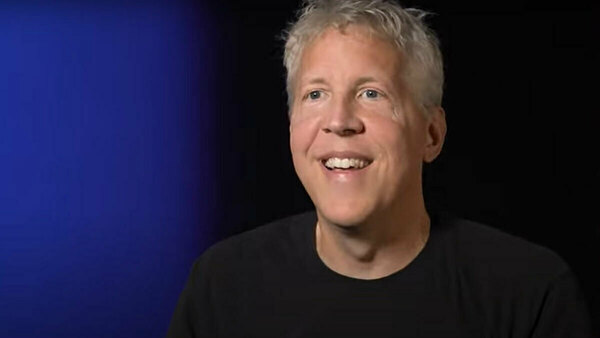
While the quest to explain how Christ can be both fully human and fully divine enjoys a long, fascinating history, Jc Beall, the O’Neill Family Professor of Philosophy at the University of Notre Dame, believes that the quest should end.
Beall is an expert in logic, the philosophy of logic and especially nonstandard (or “deviant”) logic, and his most recent work explores longstanding problems in philosophy of religion.
In his newest research, “The Contradictory Christ,” Beall argues that instead of trying to get around the apparent contradiction of the incarnation, Christian thinkers should accept what many thinkers have long charged: at the very crux of the Christian theory lies a contradiction.
“I believe that Christ is a contradictory being, and that all Christian thinkers should accept that Christ is a being of whom some claims are both true and false,” Beall said.
According to Beall, orthodox work on the incarnation begins with the standard doctrine that Christ is fully divine and fully human — having all properties that are essential to God but also all properties that are essential to being human, including all the essential limitations of being human. Philosophers and theologians have long struggled with this tension and, in a quest for logical consistency, have articulated theories that attempt to dissolve the apparent contradiction.
“The history of heresies, charitably interpreted, is really the history of Christians trying to get away from the contradiction of Christ,” Beall said. “They flee the contradiction because of an unfounded dogmatism about logic that requires rejecting contradictions, but in so doing, they are actually losing the radical truth of God incarnate.”
Beall said that logic-respecting Christians confront a choice: either stick with the mainstream story about logic and thereby lose a distinctive truth of Christian theology, or reject the mainstream story about logic and accept that the truth of Christ involves contradiction.
“Getting closer to a true account of Christ means dialing down the standard theory of logic, which tells us that every statement about the world is either true or false, and also that no statement about the world is both true and false,” he said.
But how does this really work? Deviating from standard logic is unfamiliar to many, but Beall said the basic idea is straightforward, and one way philosophers explain the concept is through so-called Liar Sentences:
* The starred sentence is false.
Beall explained: “The starred sentence is true if (and only if) it is false. Hence, if the starred sentence is either true or false, then it is both true and false. While one might reject that the starred sentence is either true or false (an option opened up by nonstandard logic), and thereby avoid the starred-sentence contradiction, the situation is very different with the doctrine of the incarnation. Rejecting that Christ is both divine and human runs immediately into heresies recorded in the fifth-century Council of Chalcedon.”
Rejecting that Christ is both divine and human is simply a rejection of the standard account of Christ — full stop, he added.
“So, unlike options for the starred sentence, the apparent contradiction of Christ cannot be negotiated: Christ is both human and divine,” Beall said. “The apparent contradiction of Christ remains, and it is time to accept that appearance is reality.
“The incarnation is supposed to be a radically unique event, bringing transcendence and immanence together in a unique way, and it certainly does so in a walking, talking contradictory being; it is no wonder that faith is required to embrace the truth of Christ.”
Contact: Amanda Skofstad, assistant director of media relations, 574-631-4313, skofstad@nd.edu
Originally published by at news.nd.edu on March 29, 2021.